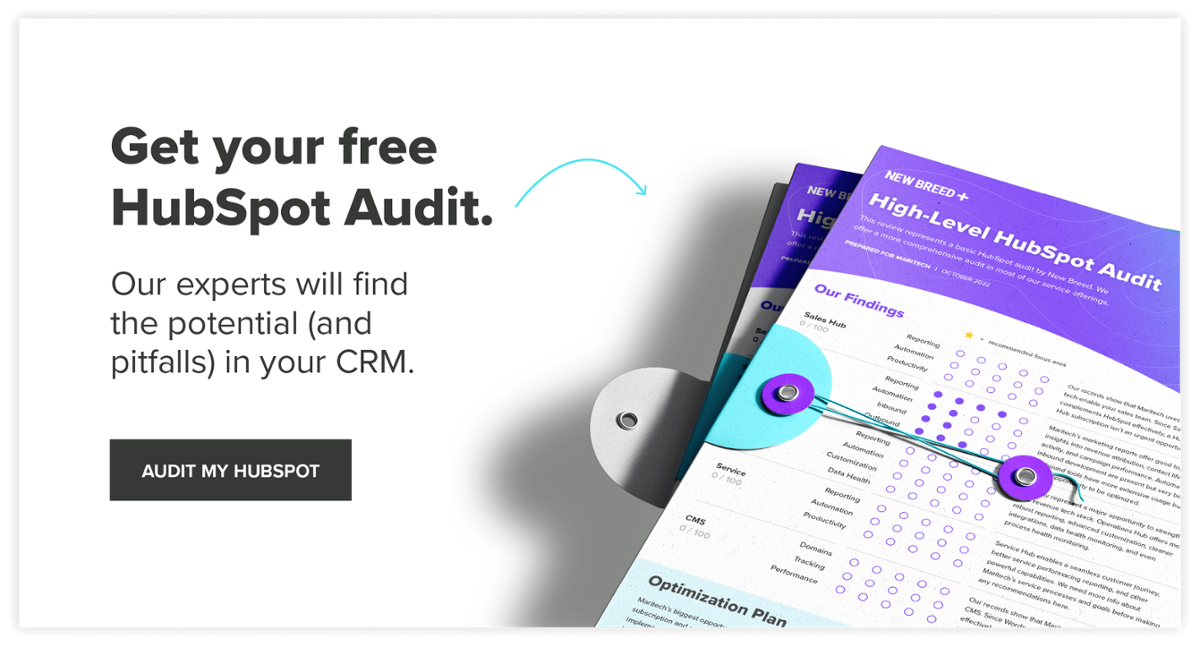
Every single business is going to have problems they need to solve; it’s inevitable. Humans make mistakes. Technology malfunctions. Systems break.
A ticketing system enables you to solve those problems as quickly as possible and ensure the right people are being notified of what’s occurring.
How those tickets are sent in can vary: you could use traditional forms, a chatbot or some other communication medium — whatever works best to get information from the person experiencing a problem to the support team member best equipped to help.
Regardless of how your ticket system operates, it’s vital to manage it properly to ensure it’s helping, not hindering, your support team. Here are five ticket management best practices to follow:
1. Know Your Company’s Priorities
Ticket systems can be used to manage both in-house needs and customer support queries. Whether a support team member is handling one or both of those needs, they need to be able to determine which tickets to address first based on urgency and the overarching goals of their team and company.
Ticket priority levels help inform how support team members can triage and plan their workload.
Tickets can range from tasks that move forward long-term company or product initiatives to day-to-day issues that arise. When determining priority, you need to balance the big picture tasks with day-to-day issues. Depending on the current needs of your company and your team, you might choose to prioritize based on factors like how widespread an issue is, how much the problem is impacting revenue, how many people are experiencing a problem, how the task progresses your company toward its long-term goals, how the request impacts your product roadmap, etc.
To ensure you’re prioritizing tickets correctly, you may need to review other tickets, loop in additional stakeholders or seek direction from management.
2. Provide Continuous Communication
You should always make users feel like they’re your priority.
It doesn’t take very long for someone who has submitted a ticket to feel forgotten. While the reality might be that their ticket is waiting in the queue as you focus on higher priority tasks, people can feel as if their tickets have been lost if they don’t receive any responses within a day or two.
If you stay in communication with everyone who has submitted a ticket, even if you don’t have any updates on the status of their request, you can reassure them that they haven’t been forgotten. You can also set expectations by creating an SLA (service-level agreement) that covers how long you’ll take to respond. For example, on HubSpot’s Support Page, they state “We strive to respond within one working day.” If there are circumstances that could prevent them from doing so, they communicate them on that page, as you can see in the banner below:
-1.png)
3. Keep Records of Past Tickets (and Access Them)
It’s important for any support team to have an easily accessible library of past problems so they’re not spending too much time on repeat problems.
If you receive a ticket for a problem you’ve solved in the past, being able to refer to what happened last time can make it easier to fix the issue this time. Additionally, keeping track of previous tickets can help you identify common problems that might need to be treated as a higher priority or addressed at a company-wide level. Leveraging analytics to understand how pervasive an issue is across multiple users is a key benefit of a ticketing platform. If a more in-depth, long term solution can prevent future ticket submissions, it may be worth pursuing a longer but more impactful fix versus a “band-aid.”
4. Ensure Adoption of Ticketing System
Be consistent with your messaging around what the proper way to report issues is and make that information easy to find. This could be through a “Contact Support” section prominently displayed on your website, a chatbot in your product or training on how to reach support during onboarding. If your intended users don’t know how to reach support properly, it can damage their perception of your company and make them doubt your ability to help them.
In the moment, people might still send you an informal communication instead of submitting a ticket. If you respond to those ad hoc requests by asking the person to submit a ticket, you’ll encourage increased utilization of the ticket system.
It can help in those cases to remind people of the benefits of using the proper system: tickets are less likely to get lost or forgotten about than informal requests and will reach the correct respondent more efficiently.
5. Use Automation
Different ticketing platforms have varying capabilities, but taking advantage of whatever triage and automation feature your software offers will make managing tickets significantly more efficient.
For example, you can set up automation that sorts tickets by priority level and notifies the relevant support team members as the tickets are submitted.
Without an automated way to sort by priority and distribute tickets appropriately, tickets will take longer to reach the proper respondent, leading to longer wait times for end-users and a less than ideal support experience. A ticket that could be solved in minutes by the right person could take days to resolve if it has to be manually processed.
.png)
At New Breed, we use HubSpot Service Hub as our ticketing system, and the automation capabilities of the tool are one of the main reasons we made that decision. Additionally, HubSpot allows us to sort tickets into different pipelines, allowing us to separate internal tickets from client-facing tickets. Another benefit of HubSpot’s ticketing tool is that each ticket includes an entire record of the issue, and the support team member can leave notes, create tasks and call or email people all from the ticket itself. Having an all-in-one place for the support team to execute their day-to-day actions drives a streamlined process and greater efficiency.
The Takeaway
Trust is the foundation of any support system. If the people your team works for aren’t satisfied with your efforts and don’t trust that you have their best interests at heart, you won’t be able to accomplish much because they won’t come to you when they need help.
Following ticket management best practices can provide visibility for management and support reps about when and how tickets are being handled in addition to increasing ticket resolution efficiency. This enables support reps to better help ticket senders.
Avery Hanscel
Avery is a Business Operations Specialist at New Breed. He supports with New Breed's day-to-day operations ranging from IT requests to internal revenue operations. He's also an avid Arsenal fan.





